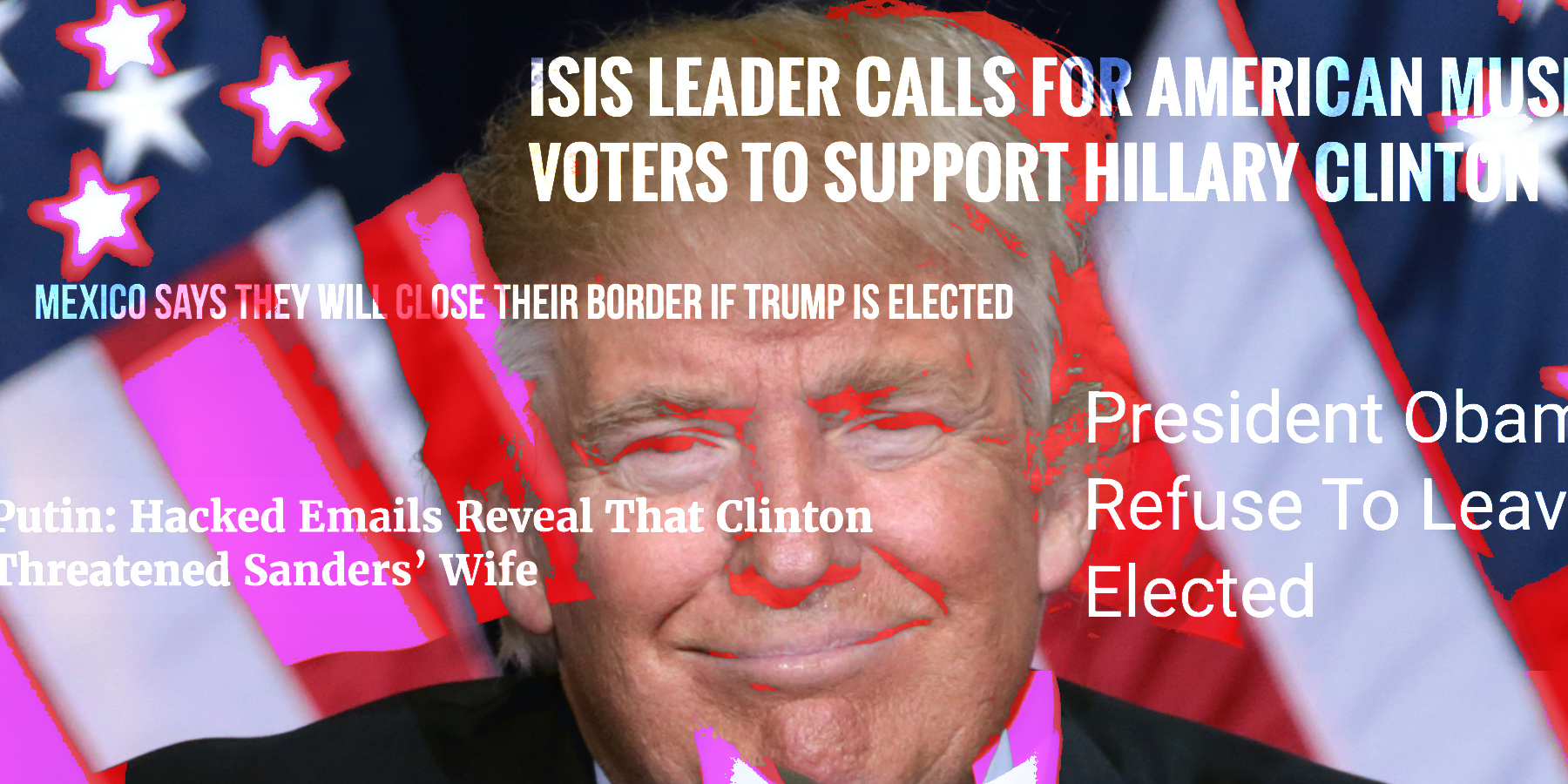The concept of ‘fake news’ has been in the public eye in the US since the news broke that during the 2016 elections, various websites have been sharing fabricated articles critical of Hillary Clinton and supportive of Donald Trump. However, the term was soon picked up by Trump’s team and supporters to refer to any story or outlet that contradicted their narrative. What can ‐ and should ‐ the media do about this?
In January, CNN reported that president Obama and then president-elect Trump had been briefed on the existence of a dossier containing compromising ‐ but unconfirmed ‐ information on the president-elect. Buzzfeed followed up by releasing the dossier in question. Trump immediately responded, tweeting “FAKE NEWS ‐ A TOTAL POLITICAL WITCH HUNT!” ‐ Despite the fact that both CNN and Buzzfeed explicitly stated in their coverage that none of the claims from the document had been proven, and that they were simply reporting on its existence, both Buzzfeed and CNN have since been called fake news.
After the inauguration, it quickly became clear that facts are not this administration’s strongest suit. On January 21st, the first full day of the Trump presidency, newly appointed press secretary Sean Spicer went up to the podium to make his first statement. He spent this time criticizing the media for their supposedly inaccurate reporting of size of the crowd at the president’s inauguration, saying “no one had numbers” and not even a minute later claiming that “this was the largest audience to ever witness an inauguration, period, both in person and around the globe.” Right before Spicer leaves the room and the video on the official White House YouTube channel cuts off, a reporter can be heard shouting “You can’t say no one has numbers and then say it was the largest audience ever.”
February 15, in his first solo press conference as president, Trump attacked the press once again, referred to CNN as “very fake news,” and made multiple objectively false statements. Most notably, he incorrectly claimed that his election “was the biggest Electoral College win since Ronald Reagan.” A reporter pointed out that Barack Obama had won by a significantly larger margin, to which the president said he was talking only about Republican presidents. As the reporter replied, this is not true either ‐ George H. W. Bush received 426 votes compared to Trump’s 304 (although he said he had 306). Trump defended himself by saying “I was given that information, I don’t know, I was just given, we had a very very big margin.” This is a strange defense, considering that one simple Google search would reveal that only George W. Bush got fewer electoral votes. It raises more questions than it answers; he won, so why does he care so much about the amount by which he won? Why doesn’t he apologize, even though Spicer repeatedly told the media to apologize when they made mistakes? Why does he insist on framing the press as “the enemy?”
These are just some instances of the surreal combination of falsehoods and accusations that have been thrown around by the new administration in and prior to the first month in office. “Fake news” has been reduced from a legitimate term to a meaningless insult. Spicer called the press together to ‘correct’ them on the size of the audience ‐ something trivial that would have been a non‐story, had he not brought it up. These attempts to delegitimize the press calls for a new approach.
Prior to the election, many media outlets were hesitant to directly call Trump out on his lies. They did not want to be accused of supporting one candidate over another, and struggled to find a balanced and fair way to cover each side. But when the elections were over, some outlets started to change their tone. After Spicer’s statement on the inauguration crowd, CNN’s front page featured the headline “White House press secretary attacks media for accurately reporting inauguration crowds.” The article clearly takes a stance, with lines such as “”This was the largest audience to ever witness an inauguration, period,” Spicer said, contradicting all available data.” In CNN interviews, both Anderson Cooper and Jake Tapper seem to have become more willing to challenge the false claims, as they have each done with Trump’s counselor Kellyanne Conway.
Will this shift extend and carry over to other outlets? If the White House continues on the current path, we can only hope the media continues on theirs. In this increasingly hostile environment, it is more important than ever for media outlets to be truthful, and to counterbalance the ‘alternative facts’ coming out of the White House. If we want to find common ground, it is crucial that we can at least agree on what the facts are.
Heleen Heijungs, Class of 2018, is a political science, linguistics and law major from Leiden, the Netherlands.
Image credits: Gage Skidmore / Wikimedia (Donald Trump campaigning in Phoenix, Arizona)

